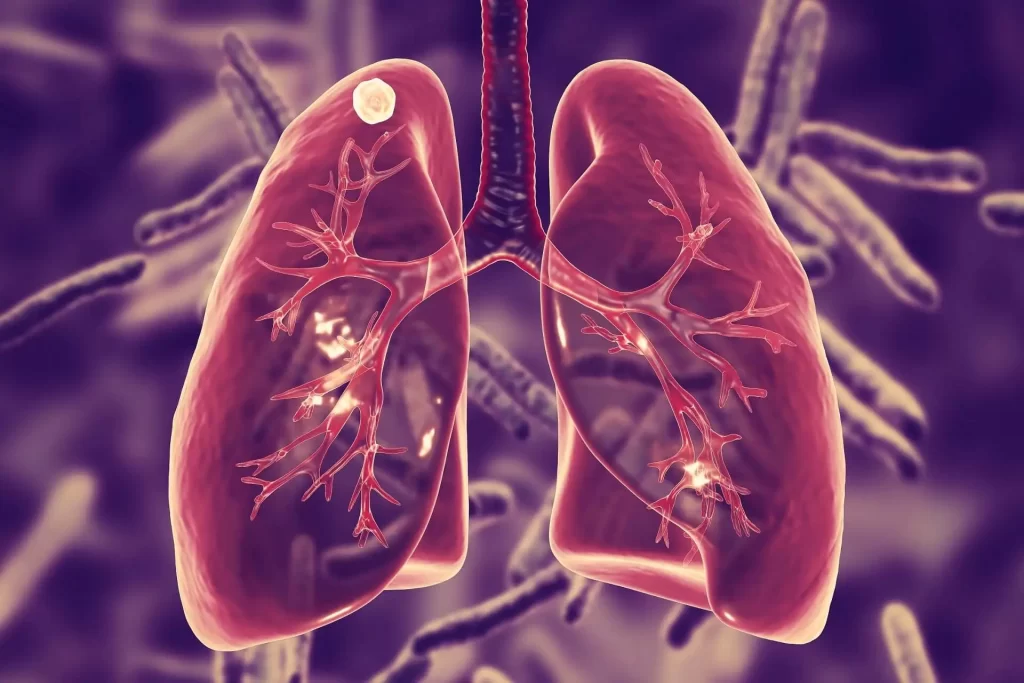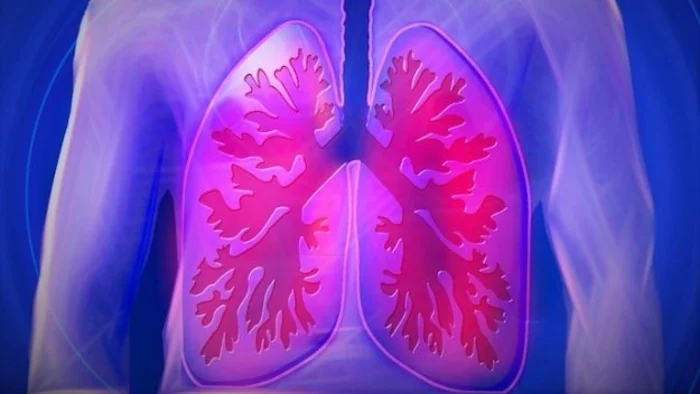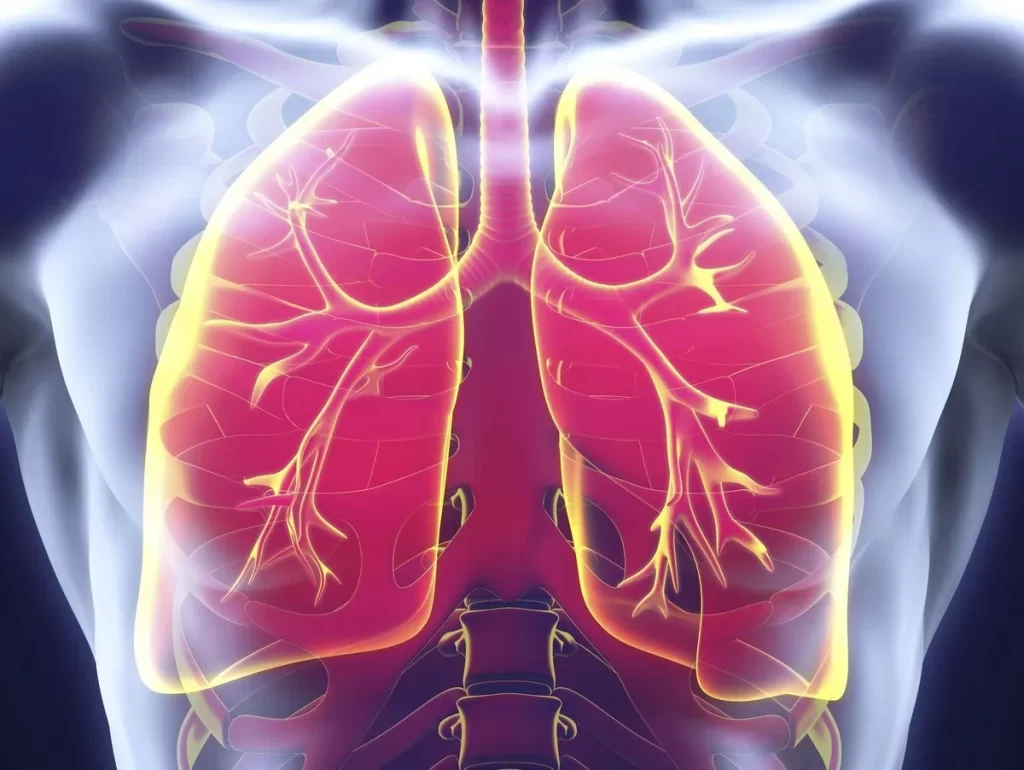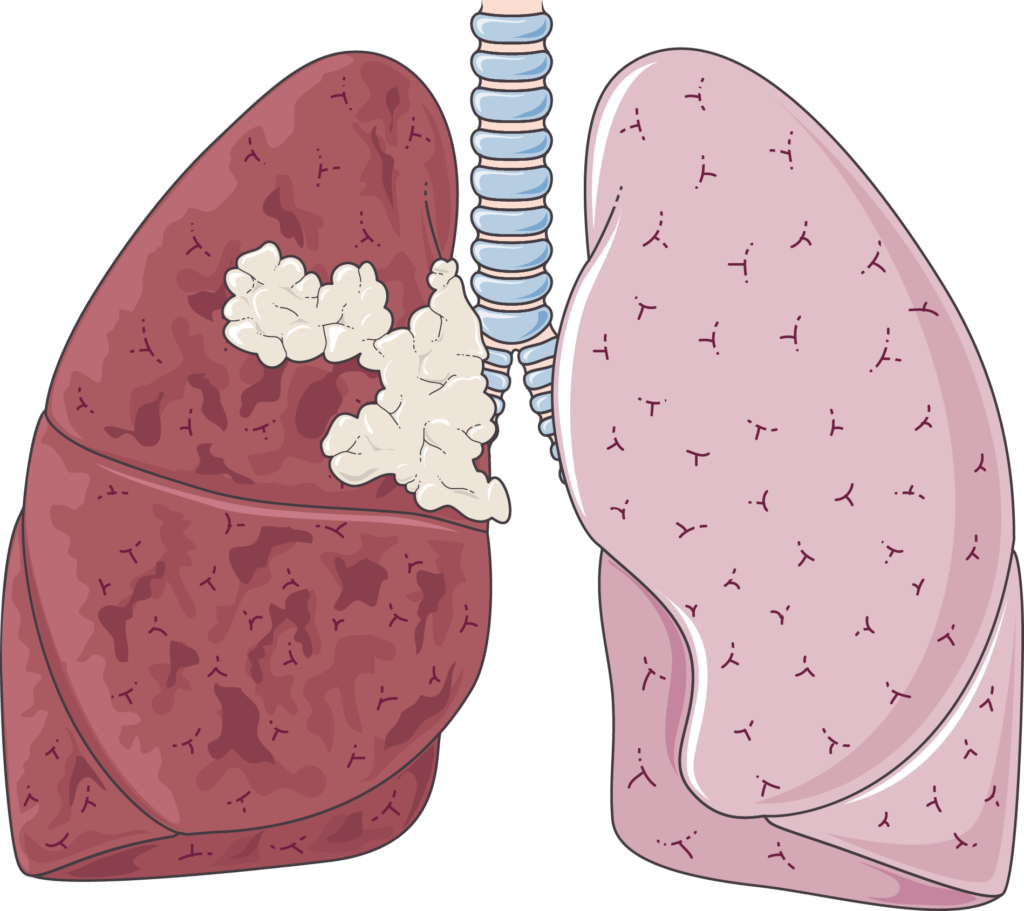Introduction
Berylliosis, also known as chronic beryllium disease (CBD), is a granulomatous condition caused by beryllium exposure.
People who work in industries that manufacture and process beryllium are more likely to develop CBD.
In general, berylliosis is not special; it is like many other granulomatous lung disorders.
Berylliosis is extremely rare (because of elimination from industrial use).
Causes of Berylliosis
The primary cause is beryllium exposure.
Heavy beryllium-using industries include electronics, defense industries, metal machine shops, and beryllium extraction companies.
Other industries include those ceramics, automotive, aerospace, jewelry making, dental/alloy appliances, and computers.
It seems that some people may be genetically predisposed to develop severe CBD.
Beryllium exposure most commonly occurs through inhalation of beryllium fumes or dust, but it can also be absorbed through skin contact.
The insoluble inorganic particles of beryllium can stay in the body for many years, but the organic forms of beryllium are rapidly excreted.
Signs & Symptoms of Berylliosis
CBD’s clinical manifestations are nonspecific.
The time between beryllium exposure and the onset of symptoms can range from three months to 30 years.
Common symptoms include: –
- Fever.
- Night sweats.
- Weight loss.
- Dry cough.
- Fatigue.
Noncaseating inflammatory granulomas result from continued exposure.
Granulomas are also seen in other chronic diseases like sarcoidosis and tuberculosis.
CBD causes restrictive pulmonary disease (a decrease in diffusion capacity).
Granulomas very rarely develop in other organs, like the liver.
Diagnosis of Berylliosis
Based on a patient’s medical history, positive blood or bronchoalveolar lavage (BAL) beryllium lymphocyte proliferation test (BeLPT), and granulomatous inflammation on a lung biopsy, berylliosis can be diagnosed with certainty.
The first step is to establish beryllium sensitivity, which is determined by the beryllium lymphocyte proliferation test (BeLPT).
The test is carried out by acquiring peripheral blood or fluid from an alveolar lavage and culturing lymphocytes with beryllium sulfate.
Cells are then counted, and those with a significantly elevated number of cells are considered abnormal.
Those who have been exposed and have two abnormal BeLPTs in peripheral blood, or one abnormal and one borderline result, are beryllium sensitive.
Additionally, individuals with one abnormal BeLPT with fluid from a bronchial alveolar lavage are considered sensitized.
Patients with positive BeLPT undergo bronchoscopy with bronchoalveolar lavage (BAL) to obtain cell counts.
Finally, a tissue biopsy is obtained during bronchoscopy to fulfill the final CBD diagnosis requirement.
Chest radiography
Berylliosis chest radiography findings are non-specific.
Radiography results at the beginning of the disease are typically normal.
Later stages have been associated with interstitial fibrosis, pleural irregularities, hilar lymphadenopathy, and ground-glass opacities
Common findings in CT scans of people with berylliosis include parenchymal nodules in the early stages.
Later stages are characterized by hilar lymphadenopathy, interstitial pulmonary fibrosis, and pleural thickening.
Other tests include:
- Arterial blood gas.
- Pulmonary function tests.
- Spirometry.
- DLCO levels.
Read Also: Organic Dust Toxic Syndrome (ODTS) | Symptoms, and Treatments
Prevention of Berylliosis
Prevention involves elimination, containment, ventilation (with filtering of discharged air), and the use of personal protective equipment.
Treatment of Berylliosis
Since there is no known cure for berylliosis, the aims of treatment are to lessen symptoms and slow the disease’s progression.
Although there is no evidence that stopping beryllium exposure decreases disease progression, it is still considered to be an acceptable approach to treatment.
People in the early stages, who do not have any lung function abnormalities or clinical symptoms, are monitored on a regular basis with physical exams, pulmonary function tests, and radiography.
All patients must be immunized against influenza and pneumococcal, in addition to smoking cessation counseling.
When clinical symptoms or significant abnormalities in pulmonary function testing appear, oxygen and oral corticosteroids, as well as other supportive therapies, are initiated.
Corticosteroids are the preferred medication for treating chronic beryllium disease.
It usually requires a high starting dose and it takes several months before they see symptom resolution.
Once the symptoms have subsided, the steroids must be tapered to avoid side effects.
Immunosuppressive medications like methotrexate and azathioprine are started in patients who do not respond to steroids.
Once CBD is diagnosed, the patient requires life-long follow-up with serial arterial blood gases, chest x-rays, and pulmonary function tests.
Summary
Berylliosis, also known as chronic beryllium disease (CBD), is a granulomatous condition caused by beryllium exposure.
People who work in industries that manufacture and process beryllium are more likely to develop CBD.
The primary cause is beryllium exposure.
Heavy beryllium-using industries include electronics, defense industries, metal machine shops, and beryllium extraction companies.
Other industries include those ceramics, automotive, aerospace, jewelry making, dental/alloy appliances, and computers.
CBD’s clinical manifestations are nonspecific.
The time between beryllium exposure and the onset of symptoms can range from three months to 30 years.
Common symptoms include: –
- Fever.
- Night sweats.
- Weight loss.
- Dry cough.
- Fatigue.
Based on a patient’s medical history, positive blood or bronchoalveolar lavage (BAL) beryllium lymphocyte proliferation test (BeLPT), and granulomatous inflammation on a lung biopsy, berylliosis can be diagnosed with certainty.
The first step is to establish beryllium sensitivity, which is determined by the beryllium lymphocyte proliferation test (BeLPT).
Prevention involves elimination, containment, ventilation (with filtering of discharged air), and the use of personal protective equipment.
Since there is no known cure for berylliosis, the aims of treatment are to lessen symptoms and slow the disease’s progression.
All patients must be immunized against influenza and pneumococcal, in addition to smoking cessation counseling.
Corticosteroids are the preferred medication for treating chronic beryllium disease.
Related: Asbestosis | Causes, Symptoms, and Treatments
[ratemypost]
References
- Sizar, O., & Talati, R. (2022). Berylliosis. from PubMed; StatPearls Publishing.
- Sadhra, S. S., Bray, A., & Boorman, S. (2022). Oxford Handbook of Occupational Health. Oxford University Press.







